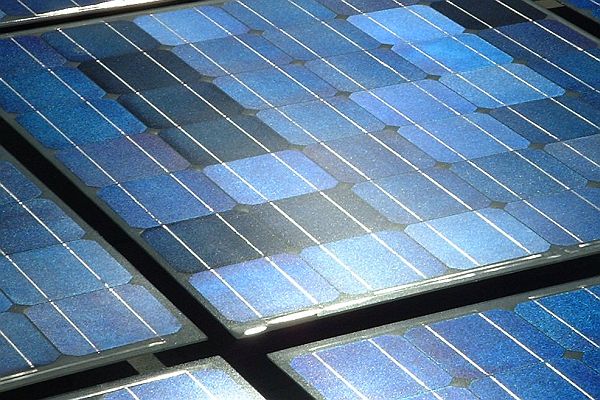Researchers at the University of Toronto have designed a new solar cell that may prove to be instrumental in creating cost effective thin coatings capable of efficiently converting solar power into electricity. The team of engineers, headed by Ted Sargent, a Professor of Electrical and Computer Engineering, University of Toronto, has come up with the first of its kind solar cell that is based on the principle of colloidal quantum dots (CQD). In search for an efficient infrastructure that would harness the potential of the sun’s visible as well as infrared spectrum, the researchers have been successful in designing a device. According to the lead author of the experiment, Dr. Xihua Wang, the cell is a pack of two light-absorbing layers, one for capturing the power of visible rays from the sun and the other layer intended to harvest at least half the power from the sun’s infrared rays.

Full spectrum solar cells
The CQD solar cell is made up of nanoscale materials that are capable of being attuned to specific wavelengths of both invisible and the visible spectrum of the sun’s rays. Being able to capture such a wide range of the solar spectrum, these CQD cells can function with higher efficiency when compared to the conventional solar cells. Theoretically speaking, their efficiency levels can reach up to 42 percent, while even the best among single-junction solar cells have a peak efficiency of only 31 percent. However, it is worth noting that the solar cells that are packed into consumer goods or those that adorn roof tops have an average efficiency of 14-18 percent.
The engineers at the University of Toronto have maintained a world-class leadership in the field of Nanotechnology and continue to work on building cost-effective and efficient solar cells. Professor Sargent hopes that the Graded Recombination Layer will find commercial use over the next 5 years in construction material, automobile parts and mobile devices.
Via: ScienceDaily
 Follow
Follow